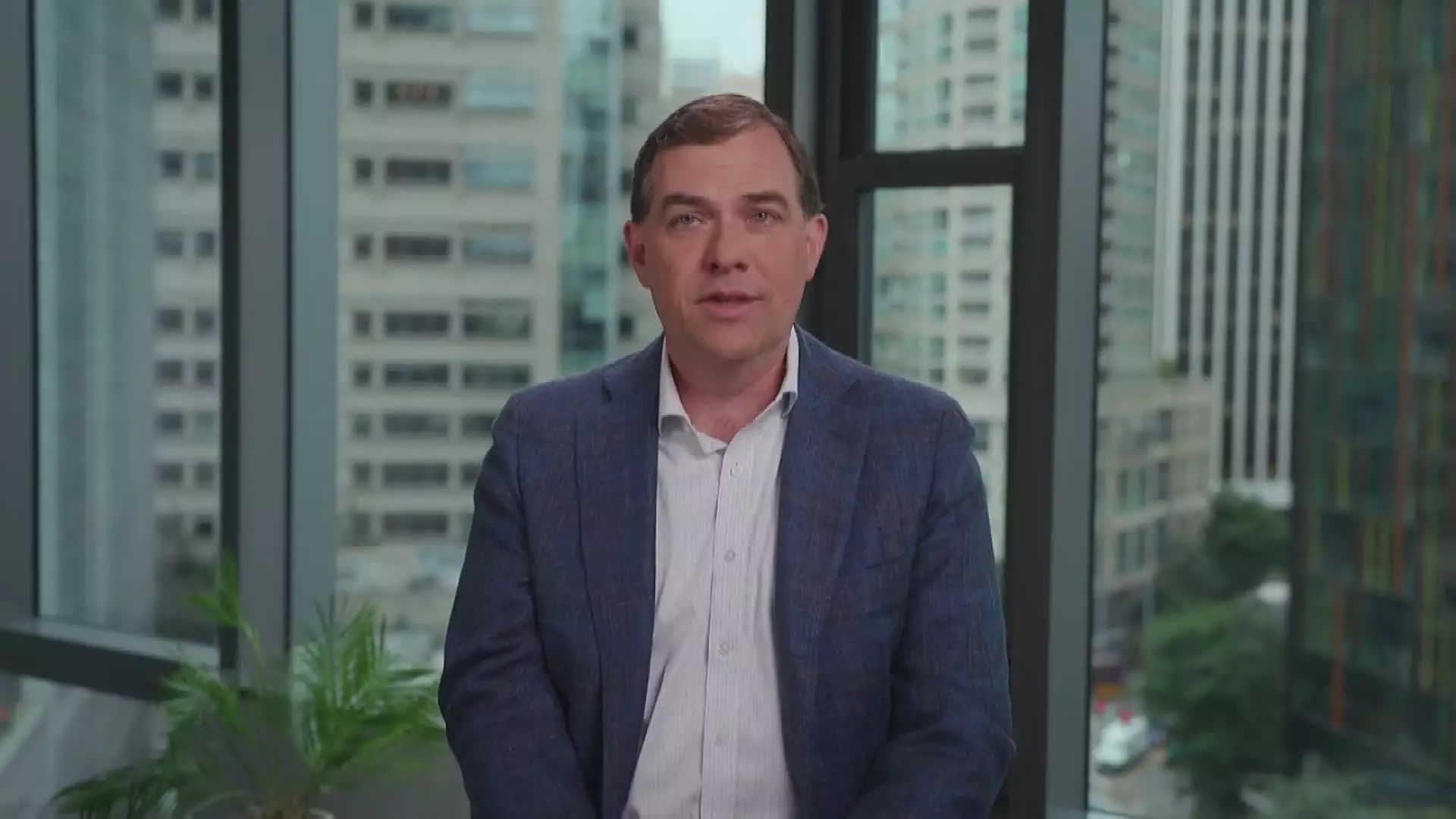In an increasingly competitive tech landscape, Amazon has made waves with its recent directive mandating a return to the office for employees. This shift comes from a need to revitalize collaboration and creativity among teams as the company transitions back to a more traditional workplace model. In a candid address to staff, AWS CEO Matt Garman articulated the company’s stance on this issue, suggesting that employees who disagree should consider opportunities elsewhere. The message is clear: Amazon values a physical workplace environment that fosters innovation and community.
The shift to a five-day in-office model aims to enhance team dynamics and collaboration, critical factors that Amazon believes are integral to its culture and operational success. Historically, the company has thrived on its leadership principles, which emphasize scrutiny, engagement, and commitment. Garman’s comments highlight a desire to recapture the essence of random brainstorms and spontaneous discussions that are often diluted in remote settings. The retraction of pandemic-era remote work policies aligns with the broader strategy to keep pace with industry giants like Microsoft and Google, particularly in the burgeoning field of generative artificial intelligence.
Despite the company’s noble intentions of fostering collaboration, the reaction from Amazon employees has been decidedly mixed. Many staff members have voiced concerns regarding productivity levels in remote scenarios, arguing that a hybrid setup can provide equal, if not superior, outputs. The office has traditionally been seen as a cradle for creativity, yet remote work has proven that tasks can often be completed effectively from a personal setting—an argument bolstered by about 37,000 employees who have congregated in an internal Slack channel championing remote work options. Additionally, factors like family obligations and caregiving responsibilities add another layer of complexity for many employees, making the mandate feel even more imposing.
It’s noteworthy that Garman recognized employee flexibility as being critical for certain cases. Despite reiterating the importance of an in-office environment, he mentioned scenarios where remote work might be acceptable. The acknowledgment that employees need a quiet setting to focus demonstrates an understanding of diverging work styles. However, the idea that Amazon needs to maintain its particular corporate culture raises further questions: How far should companies go in mandating presence in the physical shared space to preserve culture as opposed to accommodating evolving work patterns? The challenge lies in balancing corporate ideals with the reality of employee well-being.
The pushback against the mandate could present risks for Amazon. By drawing a hard line on in-office attendance, the company risks alienating a segment of its workforce that has become accustomed to flexibility. Depending on how Garman’s claims about employee enthusiasm are validated, there may be a notable exodus of talent—a costly outcome that could hinder the company’s competitive edge. Furthermore, organizational inertia is often overlooked; changes that drastically shift the day-to-day experiences of workers can yield resistance and dissatisfaction, manifesting in burnout and disengagement.
As Amazon forges ahead with its in-office plan, it faces the opportunity to redefine what corporate culture looks like in a post-pandemic world. The success of this initiative hinges on the company’s ability to foster an environment where creativity isn’t stifled by rigid structures, and flexibility coexists with collaboration. While Garman’s vision may reflect a commitment to traditional workplace values, it’s essential for Amazon to remain adaptive, listening to employee feedback while striving to innovate. The path forward will require a nuanced approach: one that celebrates collaboration in person while recognizing the evolving nature of work today, before the company risks sacrificing its talent pool in a bid to reclaim its former workplace environment.

Leave a Reply